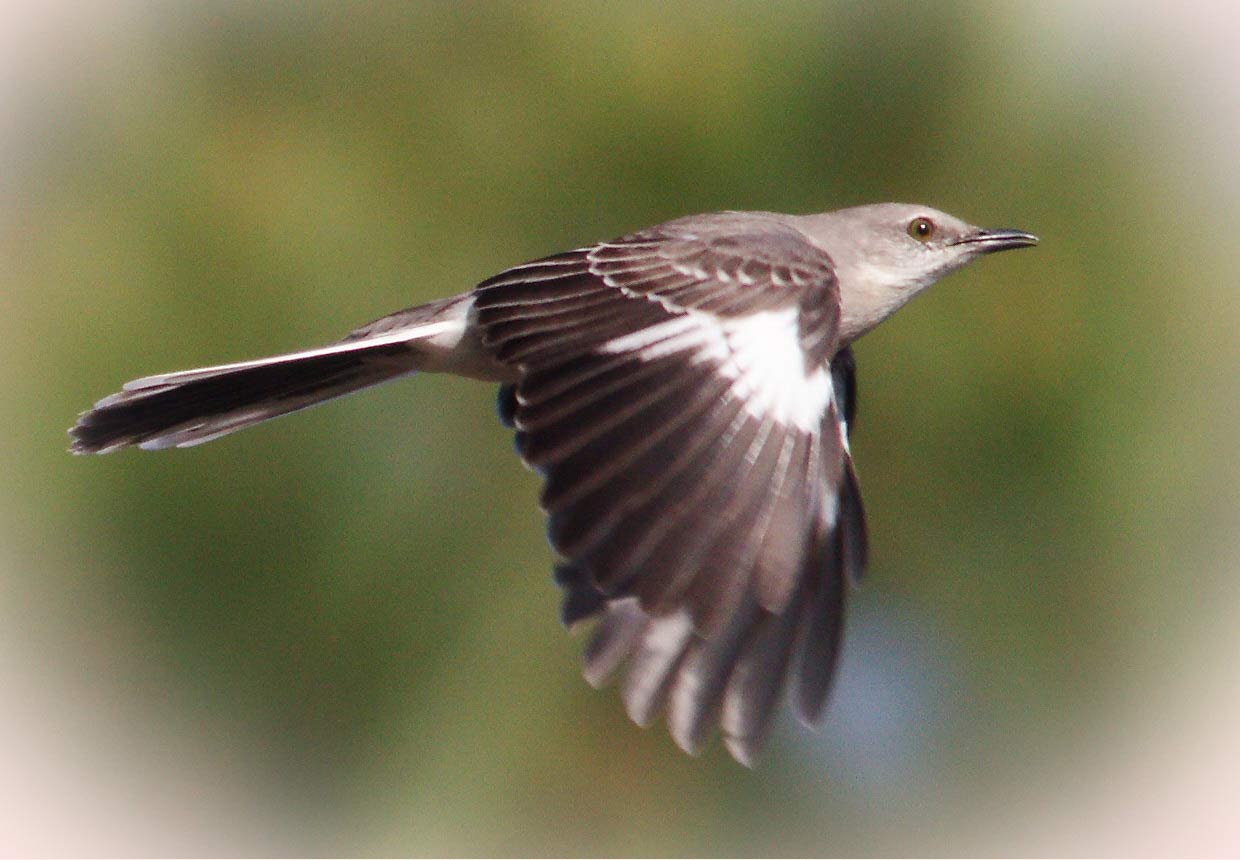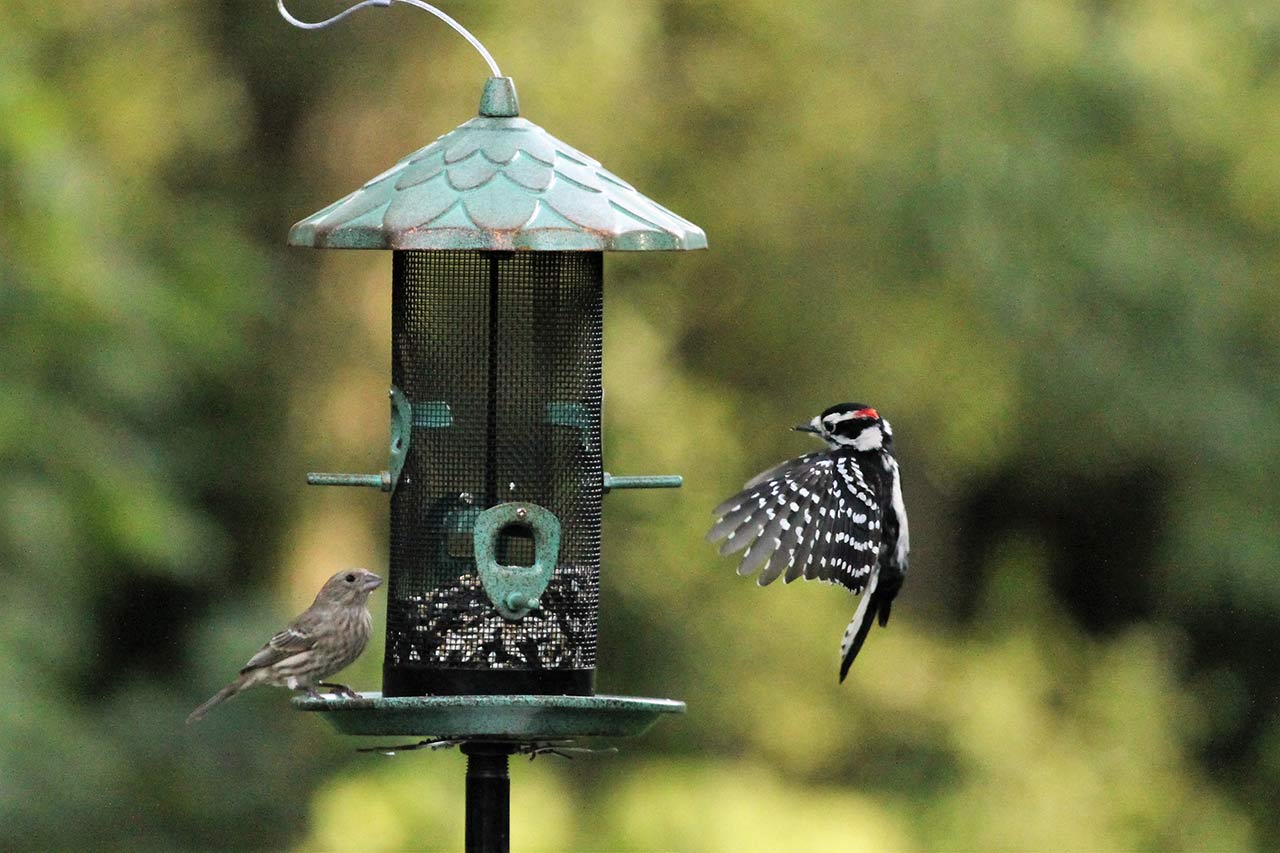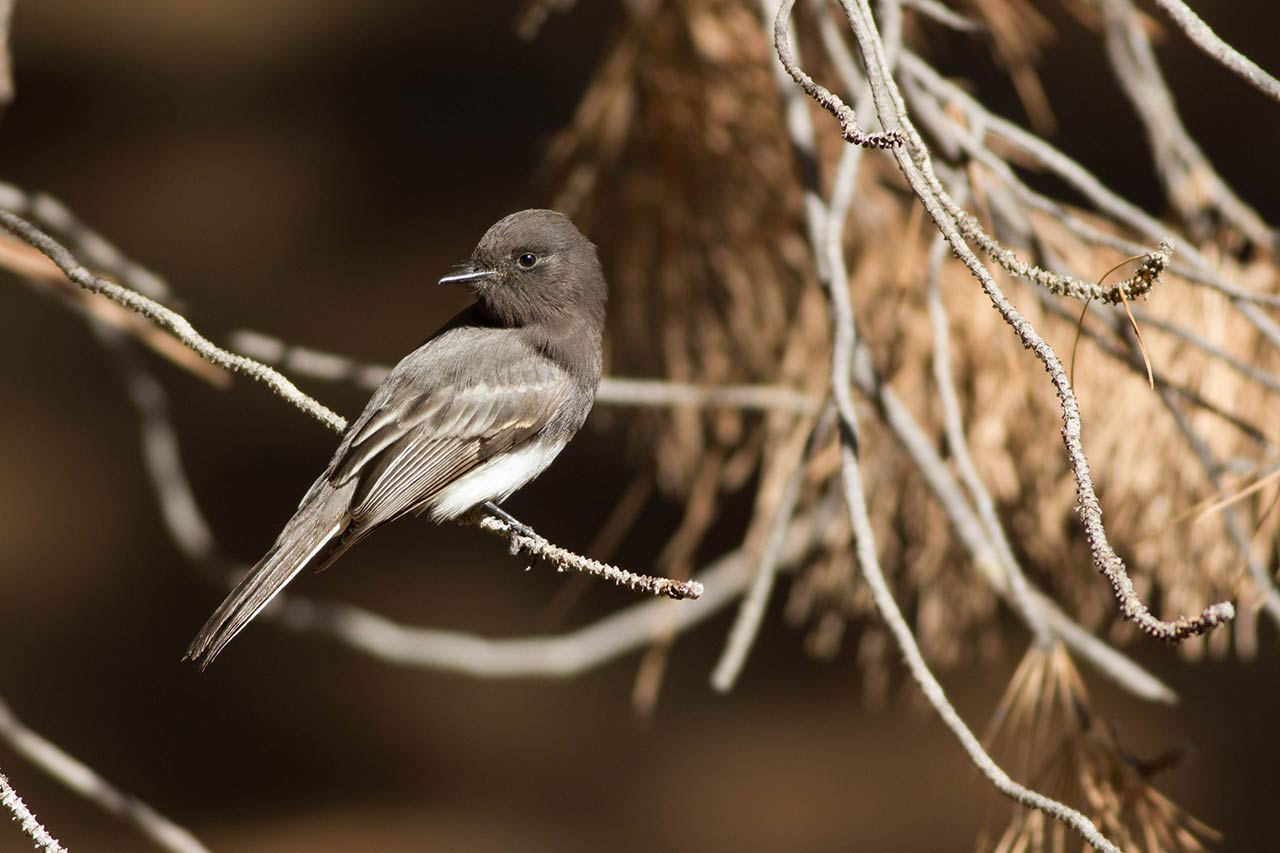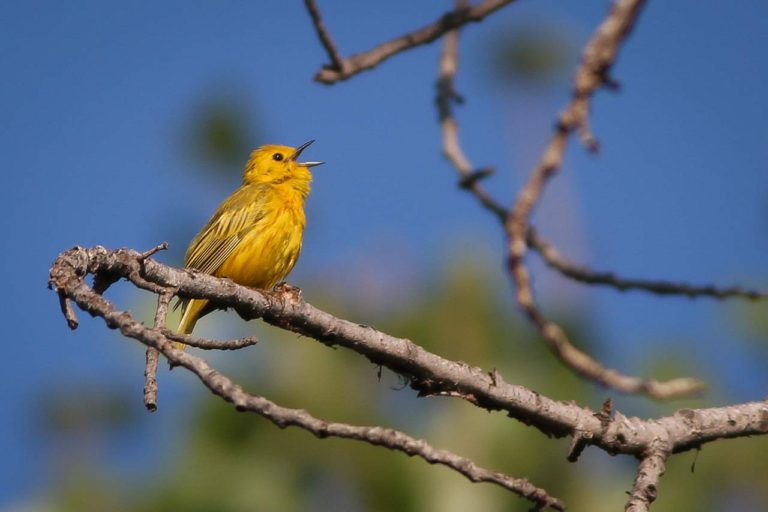After going bird watching a few times or watching your feeder for a few weeks, the birds slowly start to look more and more familiar. But it can still be a challenge to discern one bird from another or to learn to recognize a new species you’ve seen only a few times.
Naturally, your first instinct is to try to memorize what a bird looks like, but there are many other cues you can learn to help consistently improve your identification. Here are a few non-obvious tactics you can employ.
Bird songs and calls
Often, before you see a bird…you hear it. Take a moment with your binoculars and watch a bird if you can, as it sings, and try to add that experience to your mental picture of the bird. Many birds have very distinct sounds you can use to help you pick out one species from another. There are also apps like Larkwire and SongSleuth, that can help you practice song recognition or act like a Shazam for birds.

How sociable is it?
Certain species of birds you’ll often see in groups. Using knowledge of which species you’ve seen in groups or which you mostly see alone may help you identify that flash of a bird that was at your feeder. Bushtits are a great example of a backyard visitor that will almost always appear in flocks flying into your yard.

Wing flapping
Pay attention to the beat of the wings as the bird your watching flies through the air. It may be steady, it may flap a few times and pause, or it could even be humming like a hummingbird.

Flight pattern
My first experience with using flight patterns was as a key to identifying woodpeckers flying by. While I can’t remember the species off the top of my head (should’ve written it down!) the flight pattern through the air, the way it moved up and down was described to me as an indicator.

Behavior
Bird species often move in characteristic ways. Phoebes love to pump their tails. The aforementioned Bushtit never stops move and jumping around. Nuthatches love to cling to trees. Dark-eyed Juncos love to collect in groups on the ground. The next time you watch a bird, pay attention to how it behaves.

Tip: Check your field guide, they often describe notable behaviors and the bird’s voice to aid in identification.
Most importantly, take notes: write in your bird guide, phone, or notepad and try to commit these cues to memory. The more context you can give to each bird, the better memory cues you’ll have to utilize and the more likely it is you’ll recognize it in the future.
